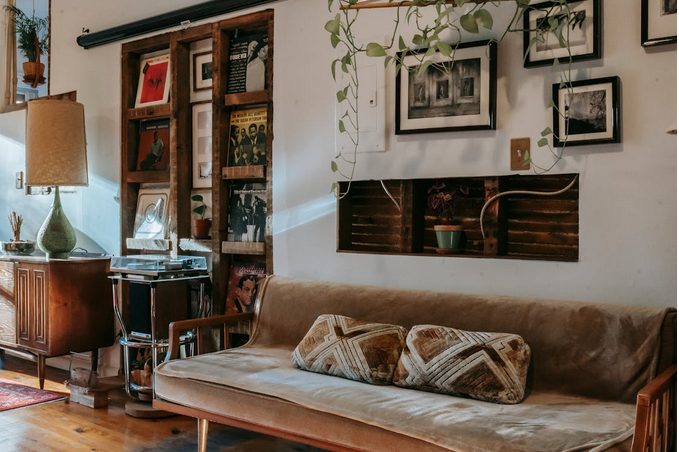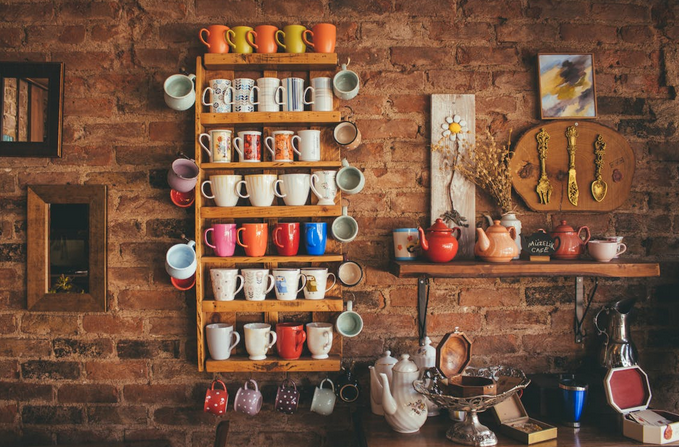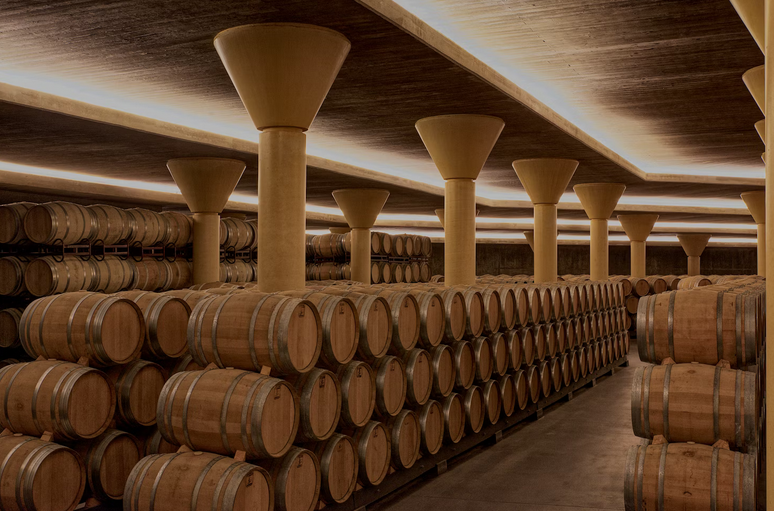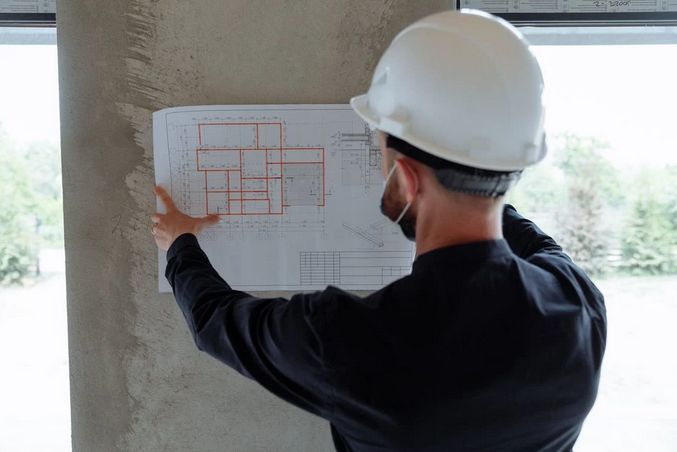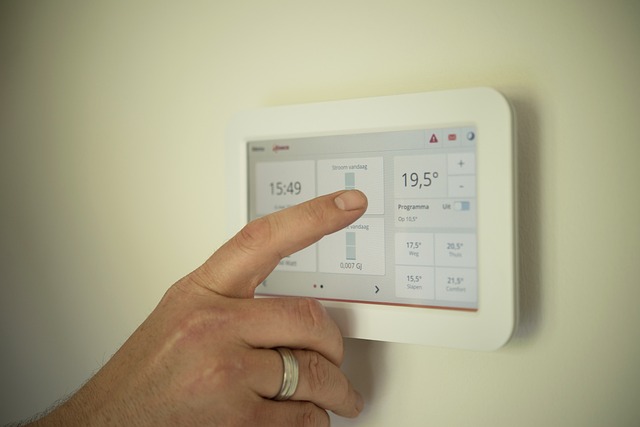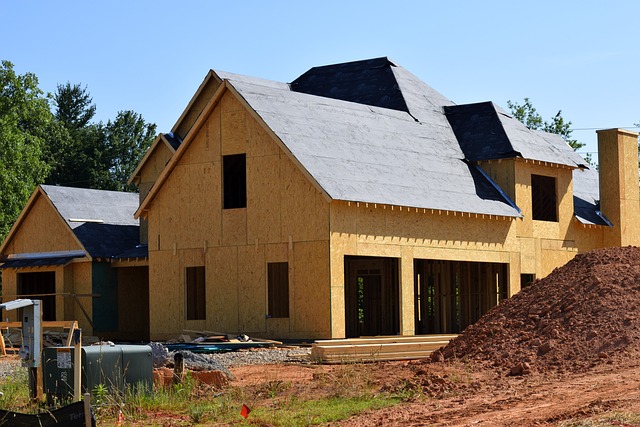
The Hottest Lighting Trends of 2023 Approved by Designers
As we step into the end of 2023, would it be such a great time for us to review and shed light on the hottest lighting trends that have been approved by top designers from Gemstone Lights Phoenix AZ? From natural tones to sustainable choices, these trendsetters are transforming the way we think about illumination. So whether you’re revamping your home or designing a commercial space, get ready to be inspired by these cutting-edge ideas that will brighten up any room.
Natural Tones
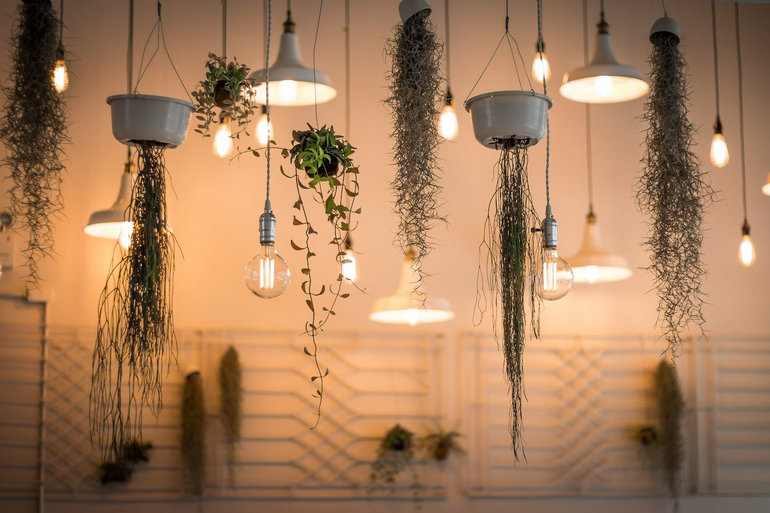
Natural tones have taken center stage in the world of lighting design, bringing a sense of harmony and tranquility into our living spaces. This trend embraces earthy hues inspired by nature, such as warm browns, soft greens, and muted grays. Gone are the days of stark white lights that can sometimes feel harsh and clinical – now, it’s all about creating an organic ambiance.
With natural-toned lighting fixtures, you can effortlessly create a cozy and inviting atmosphere in any room. Picture pendant lamps with woven bamboo shades or table lamps made from reclaimed wood. These pieces not only provide beautiful illumination but also serve as stunning decorative elements.
Warm Finishes
From brushed gold to aged bronze, warm finishes create a cozy ambiance that instantly makes you feel at home. For instance, you can go with matte black combined with brass accents. This combination adds depth and contrast to your lighting fixtures while still maintaining a sleek and modern look. It’s perfect for those who want to make a statement without being too flashy.
For those looking for something more subtle, brushed nickel is another great choice. With its soft silver hue, brushed nickel provides a timeless appeal that complements any decor style. It works particularly well in contemporary or minimalist spaces where simplicity reigns supreme.
Sustainable Choices
As the world continues to prioritize sustainability, it’s no surprise that this trend has made its way into lighting design. Designers are now opting for eco-friendly lighting options that not only reduce energy consumption but also minimize environmental impact. And it’s not just about those LED bulbs. Solar-powered lights can also illuminate your outdoor spaces at night while providing a touch of elegance.
Lifestyle Lighting
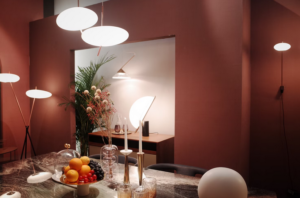


Smart tech makes it all possible. The most exciting example is the circadian rhythm lighting. This type of lighting mimics natural daylight patterns throughout the day, helping regulate our sleep-wake cycles and promoting better health.
Outdoor Lighting
When it comes to outdoor lighting trends in 2023, think about creating an inviting atmosphere with ambient lighting, making bold statements with oversized fixtures, accentuating key features with landscape lighting, and bringing enchantment through string lights or fairy lights. With these ideas approved by the designers …
